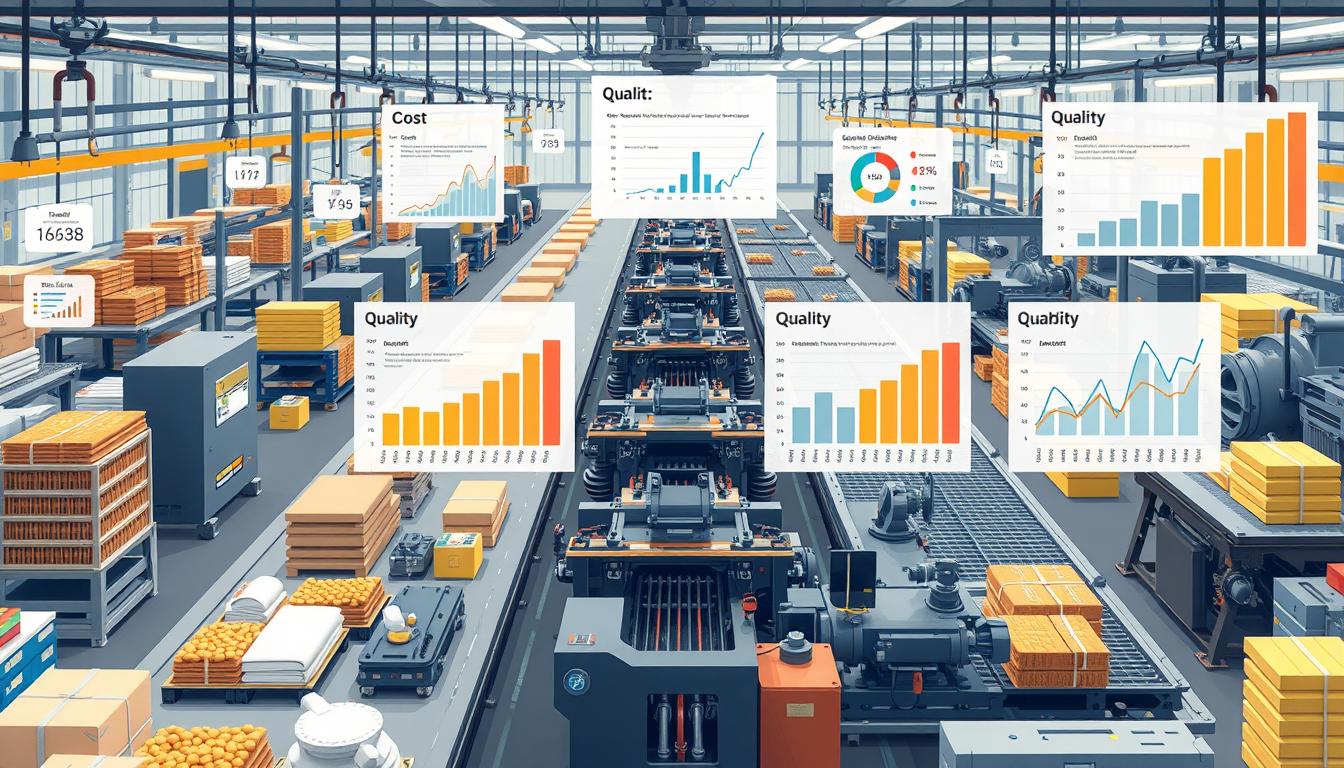You can transform a starting capital of only $583 into substantial wealth by adopting a disciplined trading approach. Rather than chasing large profits, focus on making incremental gains. Embrace setbacks as valuable learning experiences. Stay flexible and prioritize risk management to safeguard your capital. Develop a mindset that views failures as opportunities for growth, and maintain patience throughout your journey. Diversifying your income streams can also contribute to financial stability. With consistent effort and a willingness to learn, you can effectively navigate market trends. Curious about the specific steps I took?
Key Takeaways
- Started with $583, aiming for small, consistent gains through a disciplined 'base-hit' trading strategy to grow the account to $25,000.
- Learned from setbacks, emphasizing risk management and emotional control to make better decisions during challenging times.
- Embraced continuous learning and adaptability, transforming mistakes into valuable lessons for strategic improvement.
- Diversified income streams beyond trading, enhancing financial stability and resilience against market volatility.
My Initial Capital and Goals

With just $583 in initial capital, you might feel daunted by the challenge of reaching ambitious trading goals, but strategic planning can pave the way for significant financial growth.
Start by setting realistic targets, like aiming to grow your account to $25,000. Focus on small, consistent gains rather than chasing huge profits. This 'base-hit' strategy can help you build a solid foundation and reduce risks.
Emphasize discipline in your trading approach; consistency will be your ally as you navigate the market. Keep your emotions in check, make informed decisions, and always assess your progress.
Learning From Early Challenges

Experiencing setbacks early in your trading journey can be invaluable, as they often provide essential lessons that shape your future success. You'll encounter challenges that test your resolve, but embracing these moments can be your greatest asset.
Here's what you can learn:
- Risk Management: Understanding how to protect your capital is vital.
- Emotional Control: Staying calm during losses helps you make better decisions.
- Adaptability: Being flexible allows you to adjust your strategies as needed.
- Patience: Success doesn't happen overnight; give yourself time to grow.
Strategies for Consistent Gains

Consistent gains in trading require a disciplined approach that prioritizes small, incremental profits over risky, large bets.
Focus on the 'base-hit' strategy, where you aim for minor profits consistently rather than swinging for home runs. This mindset not only minimizes risk but also fosters a sustainable trading routine.
Set achievable goals and track your performance meticulously, adjusting your strategies as needed. Resist the temptation to take big risks, especially when early profits tempt you. Instead, let your gains compound over time.
Emphasize daily discipline and continuous learning, as these habits will sharpen your skills and enhance your performance.
Building a Winning Mindset

A winning mindset is essential for traders, as it shapes your approach to challenges and drives your commitment to success. Developing this mindset involves a few key principles that can enhance your trading journey:
- Embrace failures as learning opportunities.
- Stay disciplined and stick to your trading plan.
- Cultivate patience; success doesn't happen overnight.
- Maintain a positive attitude, even during tough times.
Diversifying Income Streams

Building a winning mindset not only prepares you for trading challenges but also encourages you to explore diversifying income streams for greater financial stability.
By branching out into multiple income sources, you reduce reliance on any single venture and create a buffer against market volatility.
Consider investing in real estate, starting a side business, or even engaging in passive income opportunities like dividend stocks or peer-to-peer lending.
Each additional stream not only enhances your financial resilience but also expands your skill set.
Embrace learning in these areas, as it'll empower you to make informed decisions.
Health and Productivity Connection

Maintaining your health directly boosts your productivity, allowing you to tackle trading challenges with greater focus and energy. When you prioritize your well-being, you'll notice a significant difference in your performance.
Here are some key habits to adopt:
- Regular exercise: Keeps your energy levels high and enhances mental clarity.
- Mindful eating: Fuels your body with nutrients that support brain function.
- Work-life balance: Reduces stress and prevents burnout.
- Adequate sleep: Improves focus and decision-making skills.
Adapting to Market Trends

Staying attuned to market trends is essential for traders looking to seize opportunities and mitigate risks effectively. You need to keep an eye on economic indicators, news events, and emerging technologies that could impact your trades.
Adapting quickly to shifts in market sentiment can set you apart from others who may be slow to react. Use tools like charts and analytics to gauge trends and adjust your strategies accordingly.
Remember, it's not just about following the crowd; it's about understanding where the market is heading and positioning yourself for success. Embrace a mindset of continuous learning—stay curious and open to new information.
Can Import/Export Trading Lead to a Similar Rags to Riches Story?
Many successful entrepreneurs have a rags to riches story that started with their import/export journey. With determination and hard work, anyone can start import export journey and build a thriving business from the ground up. It’s a path that has led to countless inspiring success stories.
Conclusion
As you continue your trading journey, remember that 90% of new traders fail within the first year, but you can defy those odds with persistence and smart strategies.
Embrace every lesson, whether it's from a win or a loss, and keep refining your approach.
By focusing on consistent gains and staying resilient, you're not just chasing wealth; you're building a sustainable future.
Keep pushing forward—your rags-to-riches story is just beginning!









